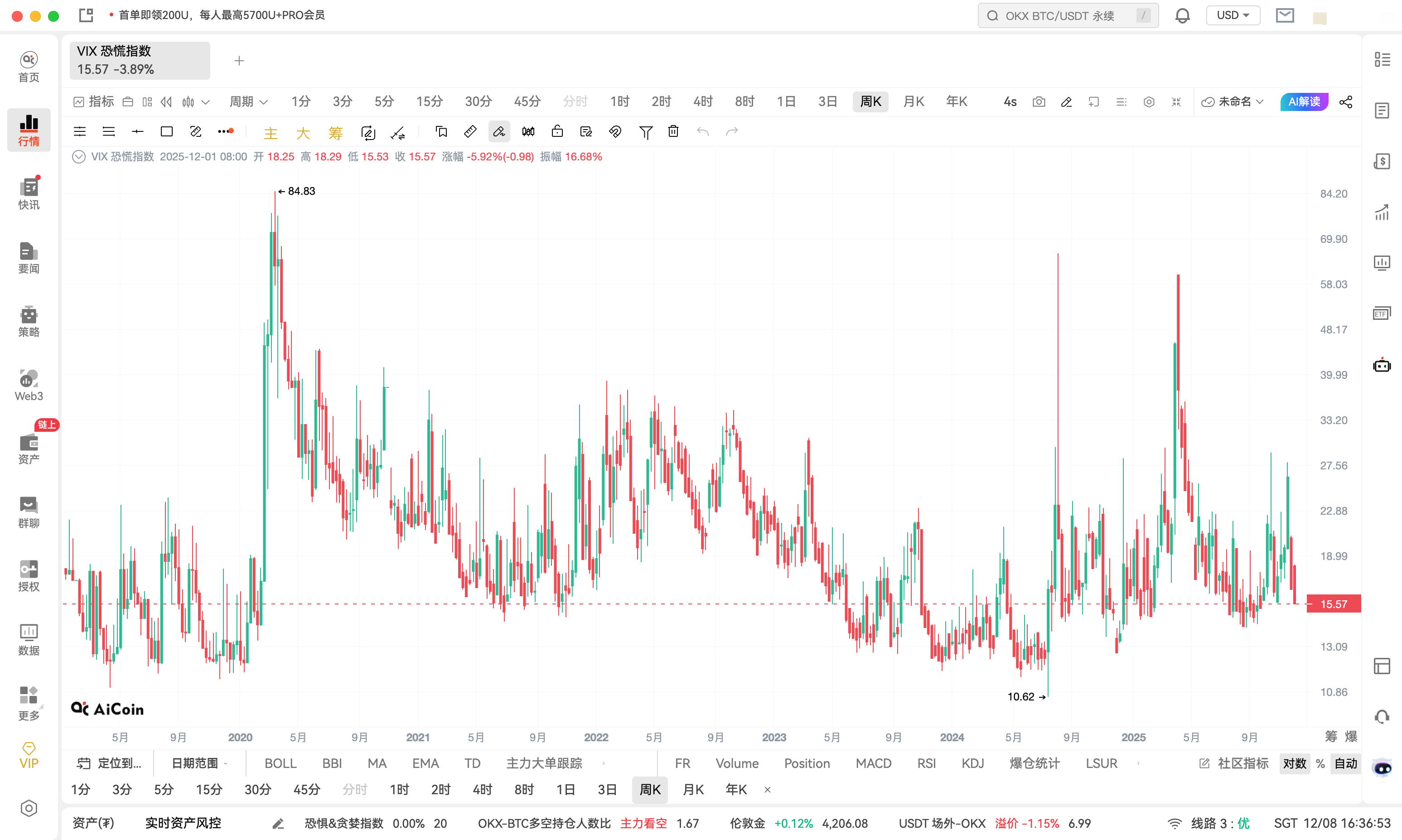The Ethereum Layer 2 network Base, incubated by Coinbase, is gradually emerging as a new leader in Layer 2 solutions. According to data from DefiLlama, the total value locked (TVL) in the Base chain has reached $2.3 billion, surpassing other Layer 2 public chains such as Arbitrum, Optimism, and Blast.
Thanks to the rapid development and viral effect of MEME, the number of on-chain addresses for Base surged from over 20 million in August to over 70 million, while monthly revenue skyrocketed from over $10 million in March to $76 million in November, with an average monthly growth rate exceeding 40%.

However, many may wonder how Base has managed to achieve explosive growth despite the overall sluggish growth of Ethereum. Additionally, how can ordinary users seize the opportunities presented by the Base chain? This article will provide a detailed analysis from the following aspects.
Three Growth Drivers of Base Chain
The success of Base can be attributed to three main factors: extremely low gas fees, strong support from Coinbase, and the unique influence of MEME culture.
1. Extremely Low Gas Fees
In March 2024, Ethereum completed the Cancun upgrade, which included the implementation of EIP-4844. After the upgrade, the transfer fees on Base dropped from $0.1 to $0.3 to about $0.01, significantly reducing transaction costs and providing users with a more economical and efficient experience. Compared to the Ethereum mainnet, the gas fees on Base are almost negligible.

2. Support from Coinbase
As the largest cryptocurrency exchange in the United States, Coinbase provides comprehensive support for Base. By partnering with Stripe, Coinbase has introduced USDC to Base, integrating it into payment and wallet systems for faster and cheaper cross-border transfers. Additionally, several projects within the Coinbase ecosystem, such as Farcaster created by former executives and Aerodrome invested by Coinbase, have injected more vitality into the Base chain.
3. Penetrating Power of MEME Culture
Since the MEME craze began at the end of 2023, MEME projects on the Base chain have experienced explosive growth. Popular MEME coin projects like TYBG, Degen, and Brett continue to attract significant traffic, bringing considerable attention and popularity to the Base chain ecosystem.
How Can Ordinary People Seize Opportunities on Base?
For ordinary users, there are not many ways to participate, as the Base chain itself does not have a governance token. However, users can still engage and benefit from the Base ecosystem in the following ways:
1. Staking ETH
Users can bridge ETH to Base and participate in staking. Currently, several projects on the Base chain support ETH staking, with yields typically higher than traditional DeFi projects, and the low gas fees and convenient operation experience are significant advantages.
2. Engaging with MEME Projects
The Base chain has a strong MEME culture, allowing users to choose to participate in different MEME coin projects and earn profits through engagement. This operation is simple and direct but requires timing.

3. One-Click Token Creation
For users with bigger ideas, the Base chain is an ideal platform for issuing tokens. Low issuance costs, a large user base, and cheap transaction fees make it the preferred choice for newcomers to Web3.
How to Quickly Issue Tokens on the Base Chain?
Many people may feel that they do not understand code or programming and wonder how to issue tokens. Although developing smart contracts does require some technical knowledge, there are currently many one-click token creation platforms that can fully meet the needs of novice users.
For example, the powerful PandaTool is a multi-chain Web3 toolbox that allows any user to issue tokens on the Base chain with just one click. By filling in a few simple parameters, you can create your own MEME coin on the Base chain.

The specific process for issuing tokens on the Base chain is as follows:
- Visit the Base chain token issuance tool PandaTool.
- Connect your Base wallet (supports Web3 or MetaMask).
- Fill in the token parameters (such as full name, abbreviation, total supply, etc.).
- Click to create the smart contract.
- Confirm in the wallet and pay the corresponding ETH fee.
- Wait for the contract creation to complete.
- Add the token contract address in your wallet.
It can be seen that as long as you have a basic understanding of wallet interactions, the above process is quite simple. If you are a traditional internet practitioner looking to understand Web3 or Solidity development, issuing tokens on the Base chain is a low-cost way to participate in Web3.
It is worth noting that PandaTool, as a multi-chain Web3 toolbox, not only supports Base but also supports public chains such as Solana, Ethereum, Sui, and TRON, making it a friendly choice for novice users.

Conclusion
In summary, with the empowerment of Coinbase, extremely low gas fees, and the promotion of MEME culture, Base has become the most vibrant Layer 2 solution in the Ethereum ecosystem. Ordinary users can participate in the Base ecosystem through tools like PandaTool, not only seizing the benefits of blockchain but also seamlessly integrating into the world of Web3.
免责声明:本文章仅代表作者个人观点,不代表本平台的立场和观点。本文章仅供信息分享,不构成对任何人的任何投资建议。用户与作者之间的任何争议,与本平台无关。如网页中刊载的文章或图片涉及侵权,请提供相关的权利证明和身份证明发送邮件到support@aicoin.com,本平台相关工作人员将会进行核查。




